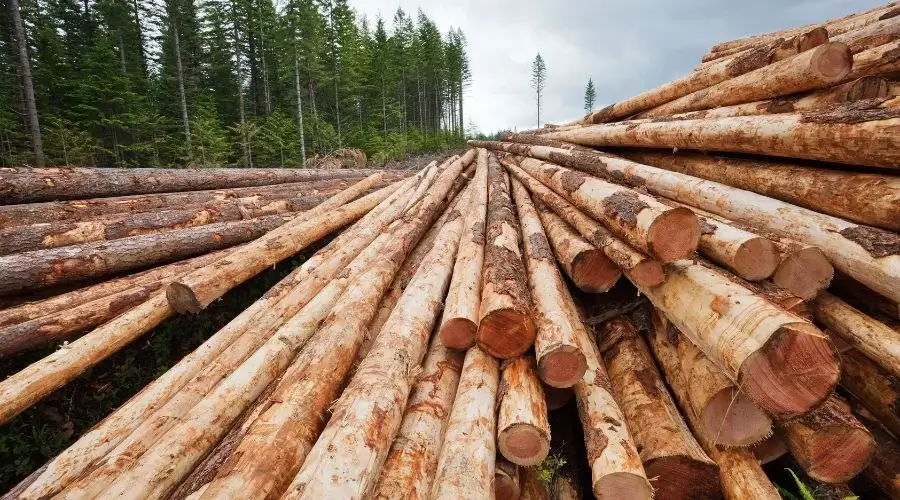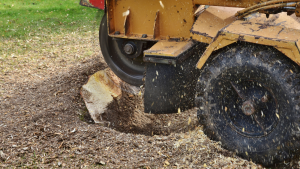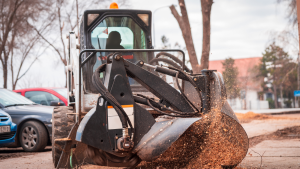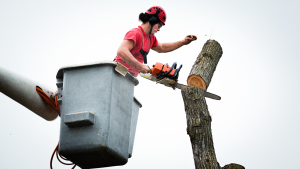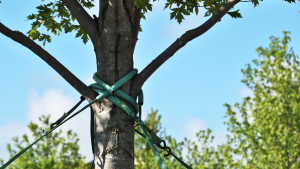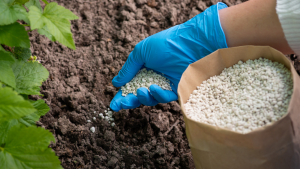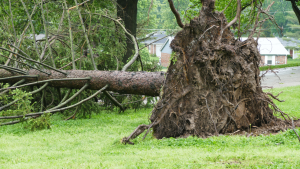Trees are vital components of our environment, providing us with oxygen, shade, and beauty while also playing a crucial role in maintaining ecological balance. However, there are times when trees need to be removed for different reasons, such as disease, safety concerns, or land development. When a tree is removed, it undergoes a series of processes, each with its own environmental and practical implications.
1. Cutting and Removal
The first step in the process of tree removal involves cutting down the tree. This is typically done by professional arborists who are trained to safely fell trees. The tree is cut into manageable sections, and its branches are removed. The resulting wood can be used for various purposes, including firewood, lumber, and wood chips.
2. Recycling and Reuse
One of the most sustainable ways to handle the wood from a removed tree is to recycle and reuse it. Many cities and communities have programs that collect and recycle tree wood. The wood can be used to create mulch, paper, or even turned into furniture or other wooden products. Recycling wood from removed trees helps reduce the demand for logging in forests and minimizes waste.
3. Composting
The smaller branches and twigs from a removed tree can be chipped into wood mulch or composted. Wood chips can be used as mulch in landscaping or gardening, while composting turns the organic matter into nutrient-rich soil. Composting is an eco-friendly way to repurpose the tree’s organic material and enrich the soil.
4. Biomass Energy
In some cases, the wood from removed trees can be used for biomass energy production. Biomass energy is generated by burning organic materials like wood to produce heat and electricity. This is a more sustainable alternative to fossil fuels and can contribute to reducing greenhouse gas emissions.
5. Landfill Disposal
Unfortunately, in some cases, the wood from removed trees ends up in landfills. This is not the most environmentally friendly option, as it contributes to landfill waste and doesn’t make the best use of the tree’s resources. However, in some cases, it may be the most practical solution when recycling or repurposing options are limited.
6. Stump Grinding and Removal
After the tree is felled, the remaining tree stump can be a safety hazard and an obstacle to landscaping. Stump grinding is a common practice to remove tree stumps. The stump is ground down into wood chips, which can be used as mulch or compost. Removing the stump also allows for better land use and aesthetics.
7. Ecological Impact
When a tree is removed, it can have ecological consequences, particularly for local wildlife that may have depended on the tree for shelter or food. However, new planting initiatives and habitat restoration efforts can help mitigate these impacts. Planting new trees and creating wildlife-friendly spaces can help balance the ecosystem.
8. Replanting
To offset the loss of a removed tree and maintain the ecological balance, it is essential to consider replanting. Many communities have tree planting programs in place to replace removed trees with new ones, promoting environmental sustainability and maintaining the urban canopy.
What happens to a tree after it is removed depends on several factors, including the reason for removal, local regulations, and the resources available. Ideally, the wood from removed trees should be recycled, reused, or repurposed to minimize waste and environmental impact. Additionally, replanting trees is crucial to ensure that our urban and natural environments continue to thrive. By carefully managing the process of tree removal, we can balance the need for development and safety with our responsibility to protect the environment and preserve the many benefits that trees provide to our planet. Contact Joliet Tree Serivce for more information on how to remove a tree.
